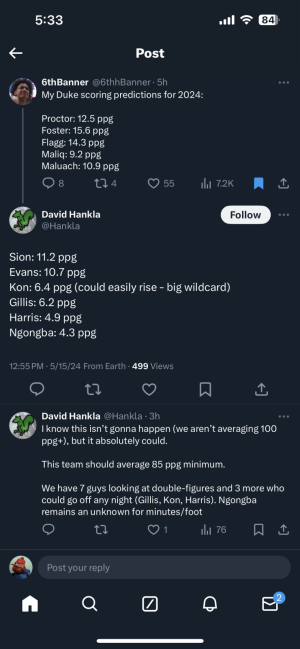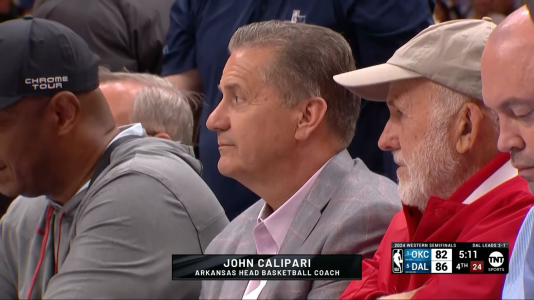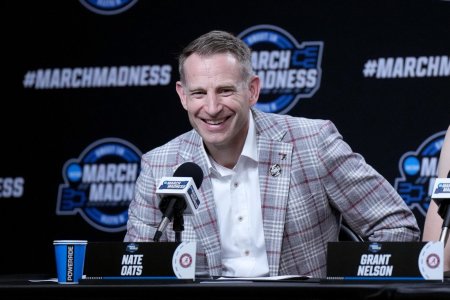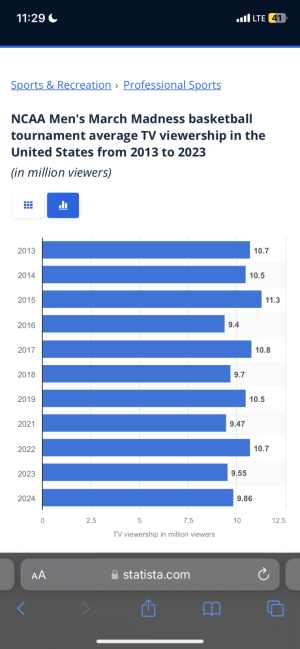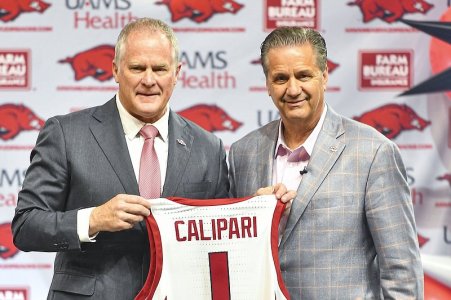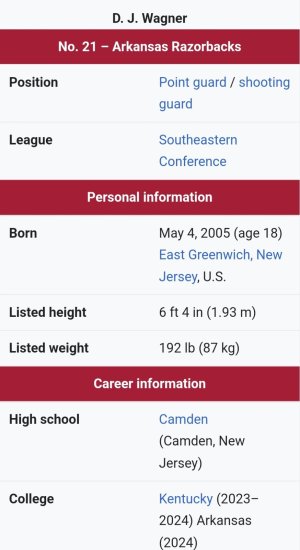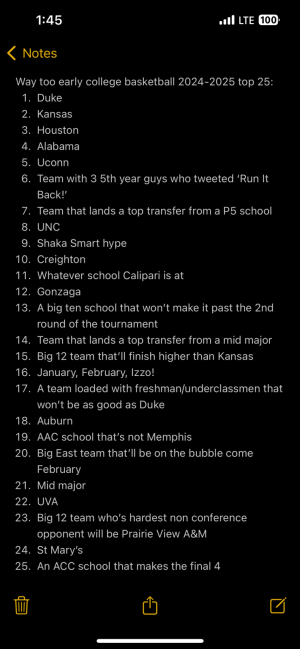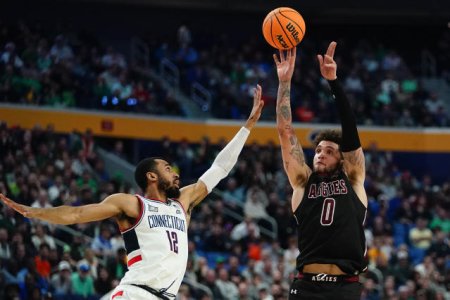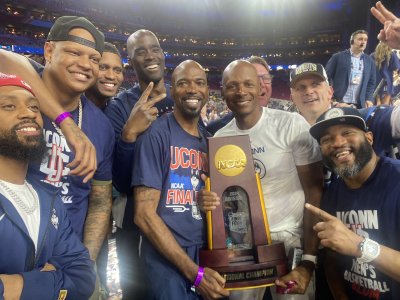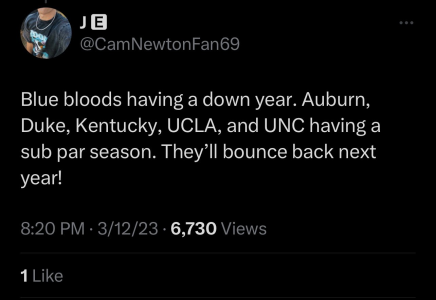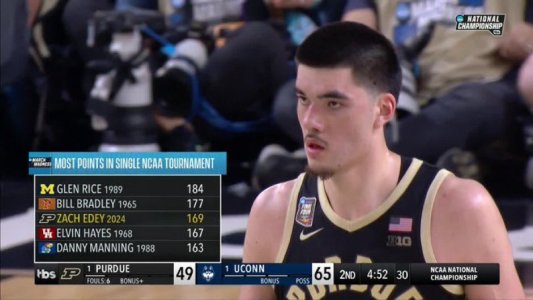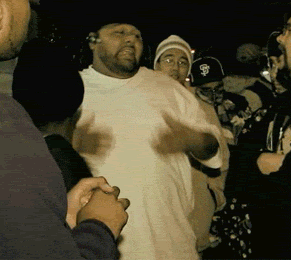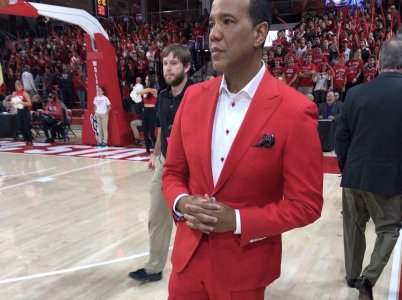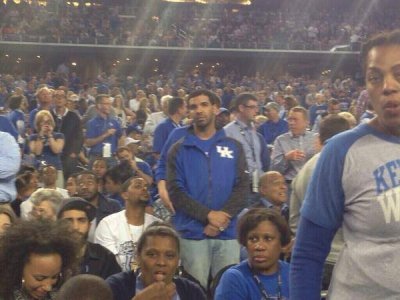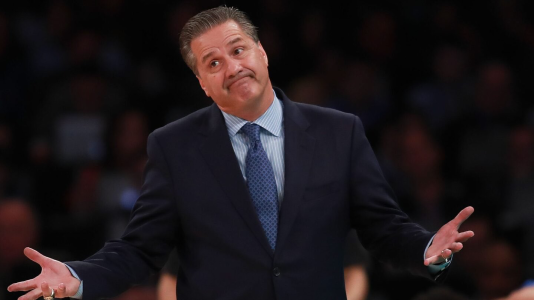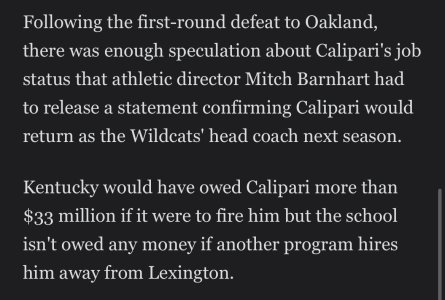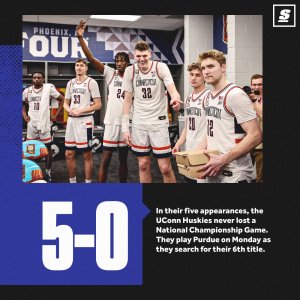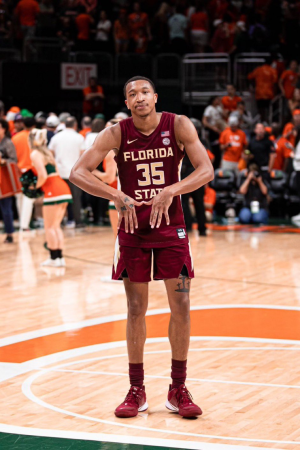- 7,306
- 1,984
- Joined
- Jun 17, 2006
Rumors that AJ Abrams might not be playing...as well as another rumor that Gary Johnson won't be playing...Originally Posted by Craftsy21
very cool tmay, thanks for sharing.
Big Monday isn't all that big tonight... first game is decent i guess, but i've gotta say Nova is a really boring team to watch, and ND isn't much better. The second game? Meh... Texas can only hurt themselves there - could be fun to watch a meltdown i guess, but i don't anticipate that happening.
This could end up being real big for Texas if those two don't play. Their resume isn't all that impressive if they drop these last two games...
And the meltdown started a looooong time ago. Players fighting in the locker room (AJ Abrams mostly), a couple threatening to quit the team, not working hardin practice...







 . Favored seeds with similar pre-tourney momentum are actually underachievers (-.047).
. Favored seeds with similar pre-tourney momentum are actually underachievers (-.047).

























